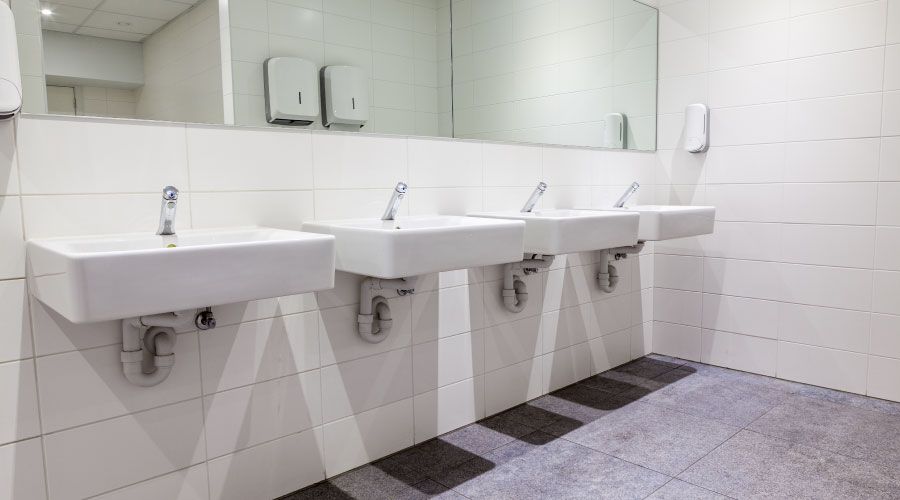Waste Containers: Consider Placement, Size, Design
The placement of waste containers, as well as their size and design, are important considerations for managers seeking to improve a restroom’s hygiene and image. The goal in this case is to prompt visitors to use the container. It must be placed where they can see it.
Many restrooms feature an open waste container. One problem with a covered container is visitors will not put their hand on that container to throw away a paper towel. As a result, the paper ends up on the floor. Managers who want to specify a covered container should consider a step-on device to open the container.
Restroom design also can affect decisions on waste containers. In restrooms with handles on the doors, visitors often will use a paper towel to open the door to avoid touching the handle and risking contamination. If there is no convenient place to throw the paper towel, it ends up on the floor.
One solution is to put a waste container near the door. Some dispensers and containers on the market mount near the door handle. In such cases, a user can remove a towel from the dispenser, open the door, and put the towel in the container, preventing a mess on the floor and still enabling the visitor to avoid touching the handle.
Maurice Dixon is the owner of Dixon & Associates which provides training and consulting to the janitorial profession.
Related Topics:















